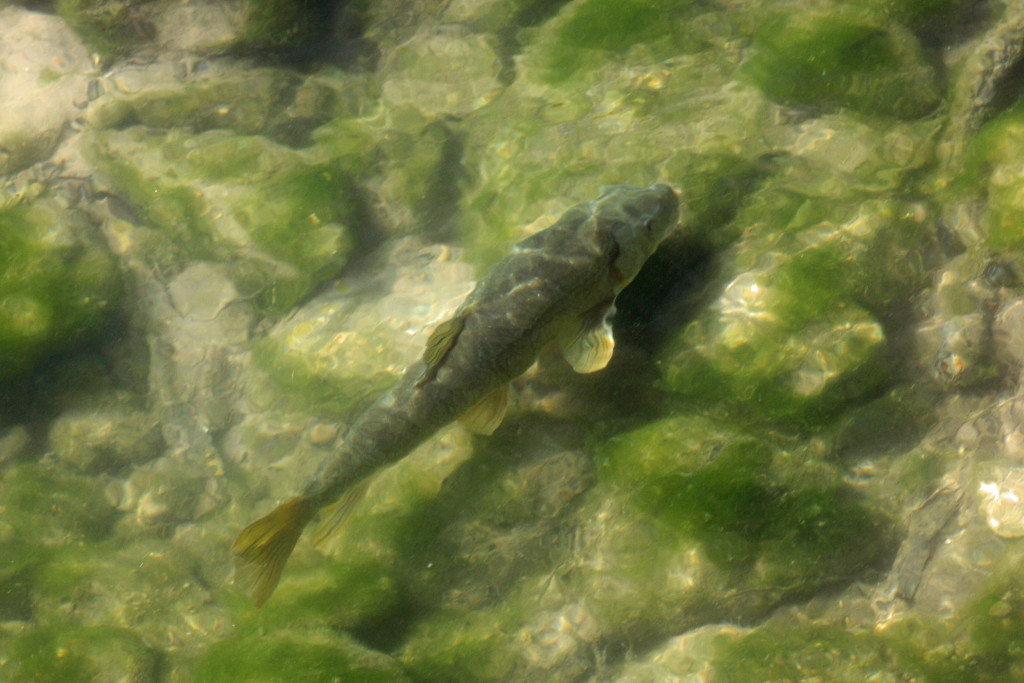US Fish and Wildlife Service (USFWS)
Dams in Texas
According to the US Army Corps of Engineer’s National Inventory of Dams, Texas has over 7,000 dams, more than any other state. Most dams in Texas are privately owned, low-hazard earthen dams built between 1950 and 1989. The amount of damming along Texas waterways has led to freshwater stream habitat fragmentation. Aquatic species which migrate along the streams for spawning and other life cycle events are impeded by the obstructions. Today, many of the dams are obsolete and only serve as barriers to wildlife and recreation, and some may even be hazards to downstream communities. Additionally, floodplain wetlands depend on natural river flows and are replenished during high water events. Dams can alter this flow and impact the ecology of wetland systems.
The National Fish Passage Program (NFPP)
NFPP is a voluntary non-regulatory initiative administered by the US Fish and Wildlife Service (USFWS). The program provides funding and technical assistance for removing obsolete dam structures, reconnecting aquatic habitat, and enhancing working dams for fish passage. NFPP also addresses poorly-designed stream road crossings and ineffective stream culverts. Since it began in 1999, the NFPP has removed over 1,500 dams in the US and restored connectivity to over 7,000 miles of US streams.
NFPP is a partnership-based initiative working with individuals, governments, and organizations to coordinate fish passage projects. USFWS will help develop project proposals and provide templates and instructions.
Proposals are accepted year round and funds are awarded in the spring. Competitive proposals will show a permanent ecological benefit for a Federal Trust species (see sidebar), utilize current science and technology, demonstrate public support, and generate full matching contributions. Though flexible, projects should have 1 to 1 matching funds. The average funding per project for the NFPP is $70,000.
Getting Started:
- Contact your regional National Fish Passage Program Coordinator to determine if your goals and project are a good fit for NFPP funding.


